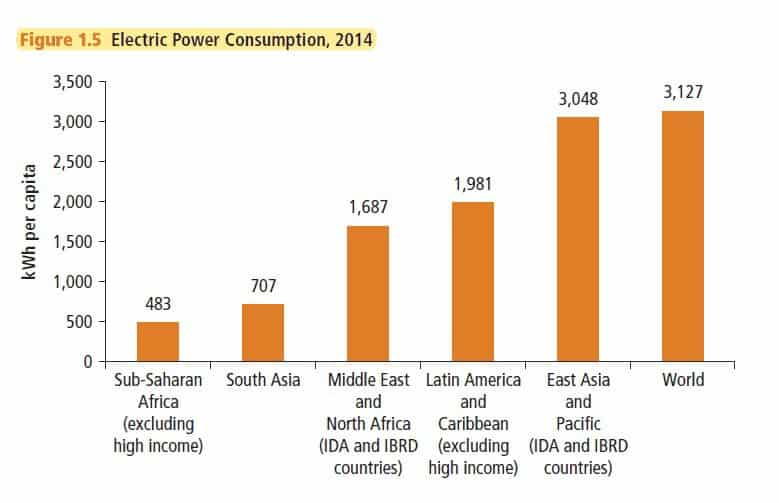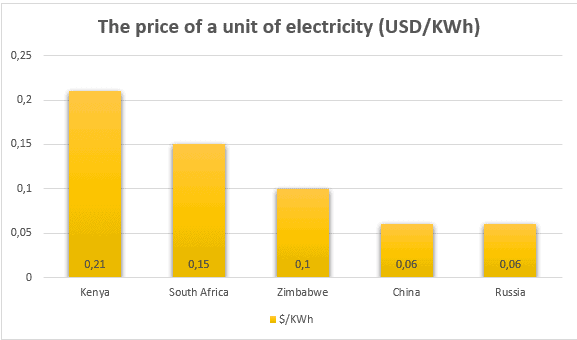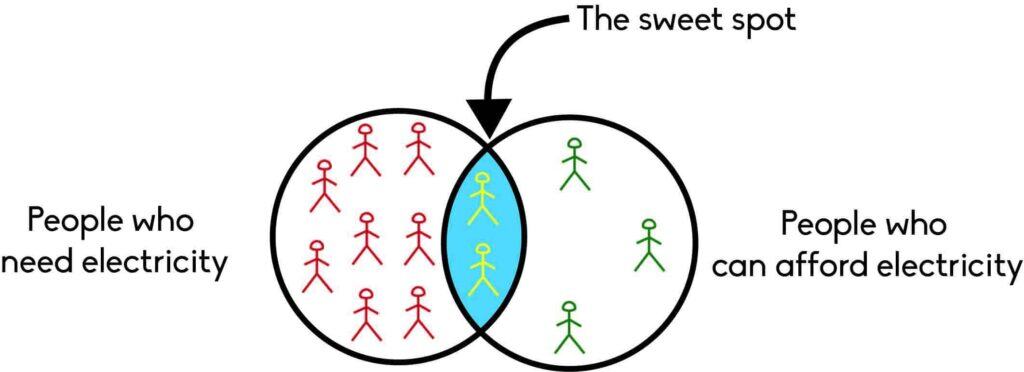Table of Contents
Why Do We Have Power Cuts in Zimbabwe?
Load shedding, blackout, brownout, cable theft, transformer, faults, down for maintenance, etc.
These are words familiar to you. Words that likely evoke frustration, anxiety, anger, maybe even hatred.
For years we’ve watched as electricity has gone from “reliable” to “usually there” to “you just never know these days when you will come home to darkness”.
It’s ridiculous, a circus, a farce for any taxpaying citizen.
Is it incompetence that leads to faults taking days to get attended to? Is it corruption that leads to parts taking weeks, even months, to get replaced? I don’t know, but I’ve heard stories. But that’s not the focus of this post.
I wanted to get a better understanding of why we have load shedding or blackouts. So far, in my search for answers, I’ve discovered a few things.
We’re not the only ones with electricity shortages.
South Africans, Nigerians, Namibians, they all have the same problem. What could be the reason why? The answer to this wasn’t what I first thought. At least not for the most part.
It’s not a simple case of a mismatch of supply and demand. Nor is it corruption or mismanagement. It turns out the reason for our electricity shortages is more complicated.
Before you read any further, I’d like to be clear on one thing. I am not an expert in the field. Below, I summarize my findings from my research. Read at your own risk.
What’s the problem?
That seems a simple question with a simple answer. Before I dug into it, I thought I knew the answer. I didn’t. I had some assumptions, but these assumptions didn’t tell the whole story. There’s more to it.
Not enough demand
People want electricity. In a study done in Rwanda, the findings were that people did in fact want electricity.
But here’s the twist. People did want electricity as long as they could afford it. In a Nigerian study, people wanted electricity if they could afford it, and it was consistently available. Like Zimbabwe, Nigeria suffers from endemic blackouts.
Why should you care about these studies? I’ll wager that if they did the same studies here, they would find similar results. But of what relevance is this to an existing customer? What do other people wanting electricity have to do with you?
Supply and demand. That is the fundamental principle of any business. And a utility is a business. Turns out that while you and I want electricity, there aren’t enough of us that do and can afford to pay for it. There is demand just not enough demand.
There has to be enough demand for supplying that electricity to pay off. Otherwise, there’s little incentive to provide it, add new customers (in new connections) or maintain the infrastructure (replace cables and transformers) that makes it possible to supply.
Price, household income and the expected benefit of having electricity are some factors that affect demand. Household incomes in Zimbabwe are the lowest they have ever been. Low incomes affect the ability to pay for electricity. Low ability translates into a low demand for electricity and appliances that use electricity.
Most utilities in Africa run at a loss
Sub-Saharan Africa has the lowest consumption of electricity. In 2014, residential consumption was at 483-kilowatt hours. That’s roughly enough to power a 50-watt lightbulb continuously for a year.
Utilities need sufficient electricity use to be sustainable. A study of utilities in the region finds that only two have fully recovered their costs.

This is compounded by a retail price of electricity said to be lower than the costs to produce and distribute it. Averaging at US$76/MWh between 2014-16, the wholesale price for energy in the Southern Africa Power Pool market was double that of the United States (US$35/MWh) in the same period.
On average, tariffs in Africa are too low to support the profitable operation of utilities. Yet we pay more for electricity than consumers in China or Russia. This contributes to challenges in reliably supplying electricity.

In short, supplying electricity is unprofitable for power distributors because:
- The wholesale cost of generating electricity is too high.
- The regulated retail price is too low.
- Residential consumption is too low.
Conclusion
To sum up:
We need higher demand and more consumption for an electricity grid to function sustainably. More people using more electricity while paying a cost-reflective price for it makes it possible for utilities to reliably supply electricity.

Think of it this way. If you bought a crate of eggs intending to sell them today, what would you need before you could buy another crate tomorrow? You would need:
- A bunch of people who need eggs.
- A bunch of people who need eggs and can afford them.
- A bunch of people who need eggs and can afford them at a price that allows you to buy more eggs and stay in business.
There are not enough people buying enough eggs for the business to operate in a way that guarantees a steady supply of eggs.
If you found this post helpful, let me know in the comments or by sharing this article. Your questions or corrections are more than welcome. Remember, I’m not an expert.
This was Part 1 of a 3 part series looking at electricity in Zimbabwe.
Part 2 looks at 5 things that need to happen before we see an end to load shedding. Read solving Zimbabwe’s power shortage.
Part 3 looks at how new technologies like renewables, blockchains and cryptocurrencies can reshape the electricity market. Read the future of electricity in Zimbabwe.
It’s mainly due to poor or no planning on the part of those in charge of supplying it! Shoddy or no maintenance carried out, as and when required contributes to this. Surely those in charge know that more power will be required over time and plan accordingly. Instead, they buy new luxury vehicles and increase perks for the brass… Go figure…
I agree with you that “the powers that be” could do more and show a bit of responsibility and commitment to tackling the issue. That goes without saying.
It’s also a tricky issue to navigate. But yes if people would get down to it we’d find our way out.
Thanks for reading Hugh.